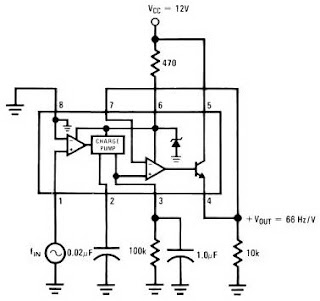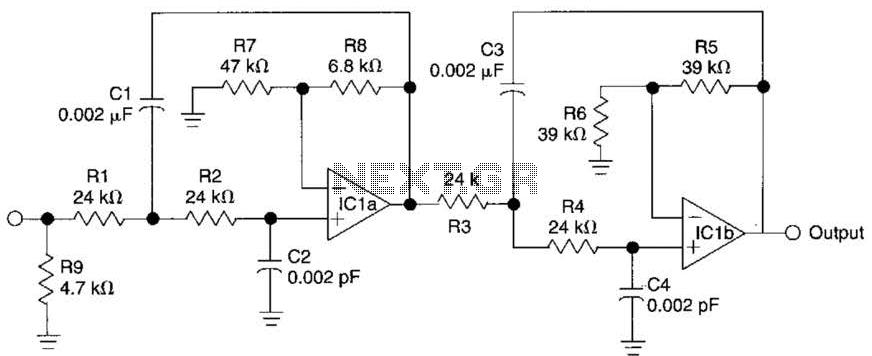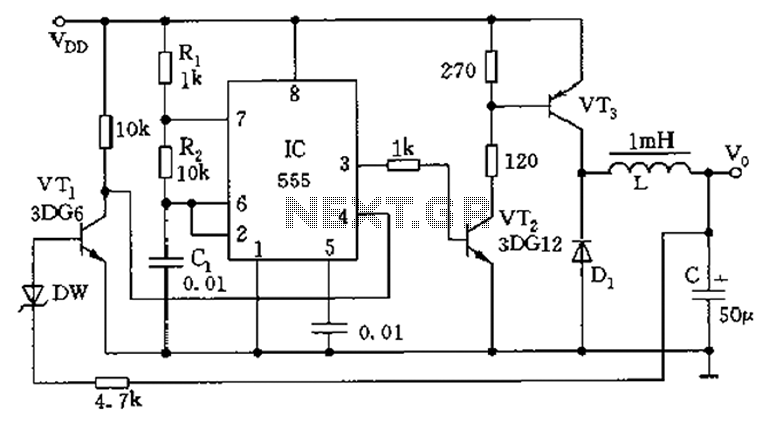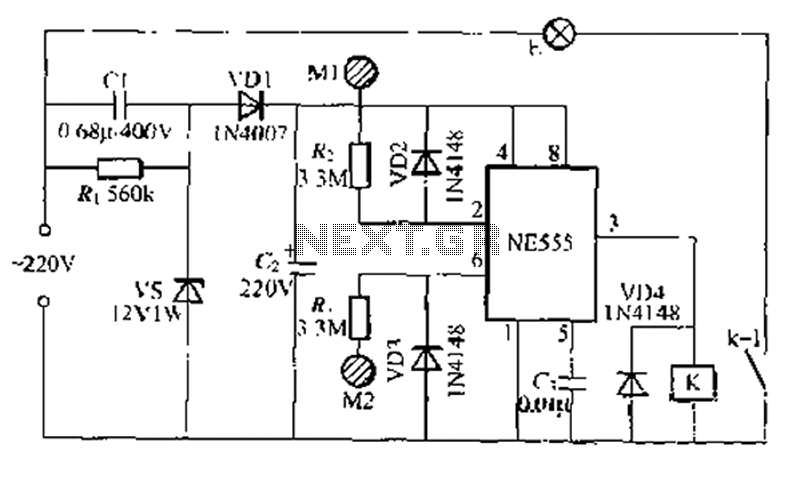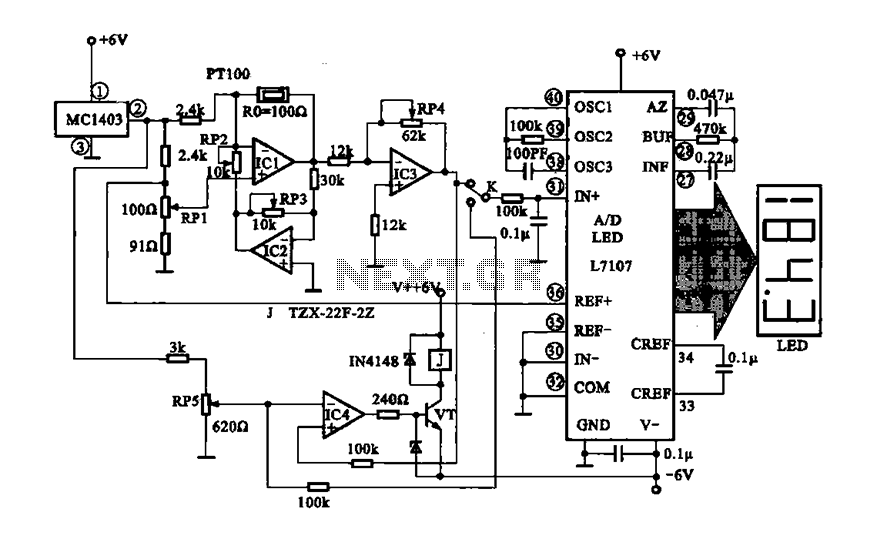
long delay timer circuit diagram
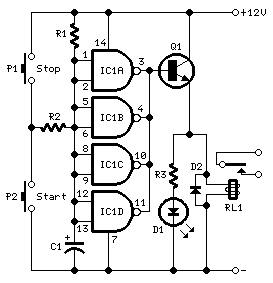
This timer was designed primarily to turn off a portable radio after a specific duration. This feature allows users to fall asleep on the beach or in a hammock, with the assurance that the radio will automatically shut off after a set time, thereby conserving battery life.
The circuit for this timer can be implemented using a combination of a microcontroller, a real-time clock (RTC), and a relay module. The microcontroller serves as the central processing unit, receiving input from the user regarding the desired timer duration. The RTC keeps track of the current time and can trigger an interrupt when the specified time elapses.
To start, the microcontroller is programmed with a simple user interface that allows the selection of the timer duration through buttons or a rotary encoder. Once the user sets the desired time, the microcontroller activates the RTC, which begins counting down. The RTC should be powered by a small backup battery to ensure it continues to function even if the main power source is disconnected.
When the countdown reaches zero, the RTC sends a signal to the microcontroller, which then activates a transistor or a relay to disconnect the power supply to the portable radio. This relay acts as a switch, allowing the radio to turn off without requiring any manual intervention.
To enhance the functionality, additional features can be integrated, such as an LED indicator to show the timer status and an audible alarm that sounds just before the radio turns off, alerting the user. The circuit should also include a power management system to ensure efficient battery usage, possibly incorporating low-power sleep modes for the microcontroller when the timer is not in use.
Overall, this timer circuit design not only fulfills the basic requirement of switching off a portable radio after a set time but also offers the potential for additional features that enhance user experience and battery conservation.This timer was designed mainly to switch off a portable radio after some time: in this way, one can fall asleep on the sand or on a hammock, resting assured that the receiver will switch off automatically after some time, saving battery costs.. 🔗 External reference
The circuit for this timer can be implemented using a combination of a microcontroller, a real-time clock (RTC), and a relay module. The microcontroller serves as the central processing unit, receiving input from the user regarding the desired timer duration. The RTC keeps track of the current time and can trigger an interrupt when the specified time elapses.
To start, the microcontroller is programmed with a simple user interface that allows the selection of the timer duration through buttons or a rotary encoder. Once the user sets the desired time, the microcontroller activates the RTC, which begins counting down. The RTC should be powered by a small backup battery to ensure it continues to function even if the main power source is disconnected.
When the countdown reaches zero, the RTC sends a signal to the microcontroller, which then activates a transistor or a relay to disconnect the power supply to the portable radio. This relay acts as a switch, allowing the radio to turn off without requiring any manual intervention.
To enhance the functionality, additional features can be integrated, such as an LED indicator to show the timer status and an audible alarm that sounds just before the radio turns off, alerting the user. The circuit should also include a power management system to ensure efficient battery usage, possibly incorporating low-power sleep modes for the microcontroller when the timer is not in use.
Overall, this timer circuit design not only fulfills the basic requirement of switching off a portable radio after a set time but also offers the potential for additional features that enhance user experience and battery conservation.This timer was designed mainly to switch off a portable radio after some time: in this way, one can fall asleep on the sand or on a hammock, resting assured that the receiver will switch off automatically after some time, saving battery costs.. 🔗 External reference
